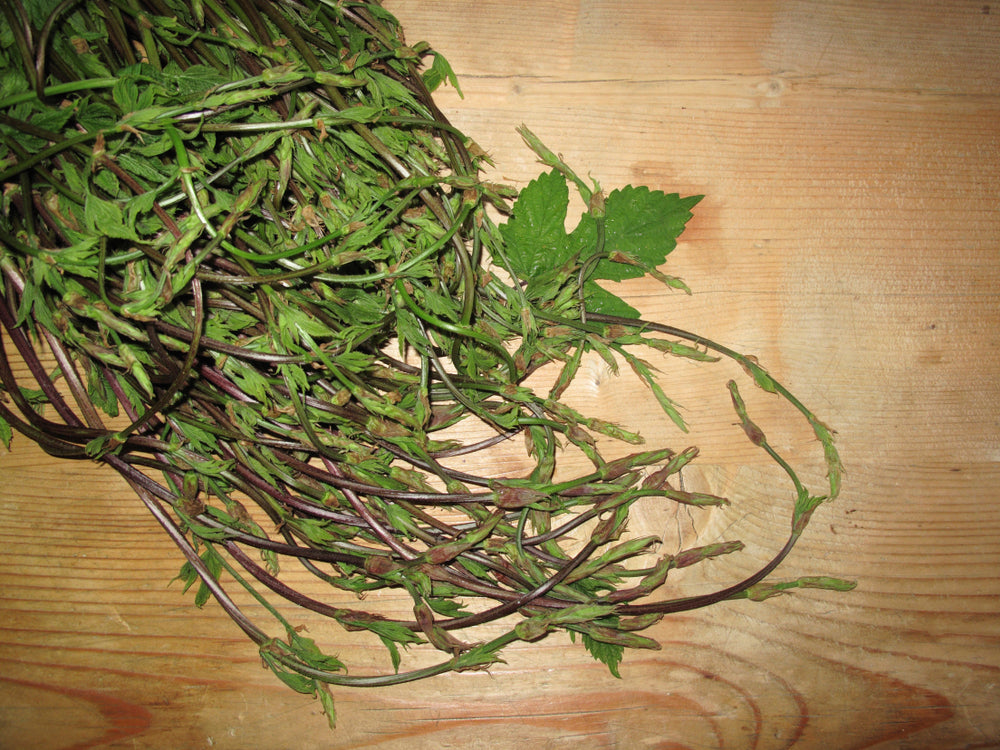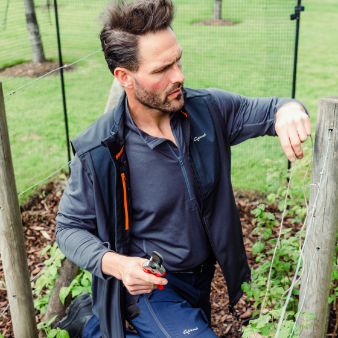The plants around us - hops

When you take a sip of your next pint, pause to appreciate the humble hop, a plant that gives your beer its distinctive bitterness and aroma. The hop (Humulus lupulus) is a hardy perennial, often growing wild where it can be seen twining its way through small trees and along the tops of hedgerows. One of the earliest references is from Roman naturalist Pliny of the 1st century AD where he describes hop shoots as a delicacy. It’s likely the Germans first decided on using the hops' preservative qualities for beer production as far back as the 13th century. The practice was employed in the Netherlands a century later. While hops had been grown in England for medicinal use, hopped beer first arrived on our shores around 1400 with Dutch merchants unloading their cargo at Winchelsea harbour. Some towns initially banned the bitter, hop-infused brews, with Norwich and Shrewsbury both restricting the ‘corrupting’ influence.
It's said the first commercial hop garden in England sprouted up in 1520 in the Kentish parish of Westbere, near Canterbury. Well established field systems, excellent soil, and plentiful supplies of wood for poles and kilns positioned Kent perfectly as the centre of English hop cultivation. Just two years later, both domestic and imported hops were being used to brew beer shipped to British troops abroad.
As demand increased, so did regulation - first through duties imposed in 1710 to curb smuggling, then through marketing requirements like labelling bags with details of the grower’s name and origin. The 18th century saw over a million barrels brewed annually in London alone, with hop acreage spreading into new areas and reaching as far as Aberdeen by the 1800s.
The boom peaked in the 19th century with acreage peaking at over 71,000 acres in 1878 and employing 200,000 workers from the East End of London before beginning its slow decline. Two world wars saw brewing and hop growing drastically reduced.







